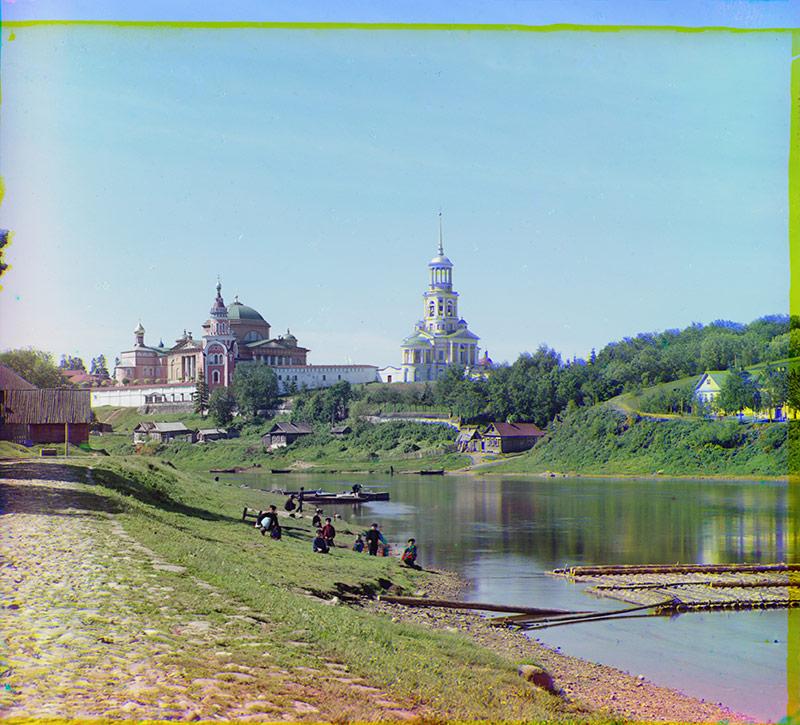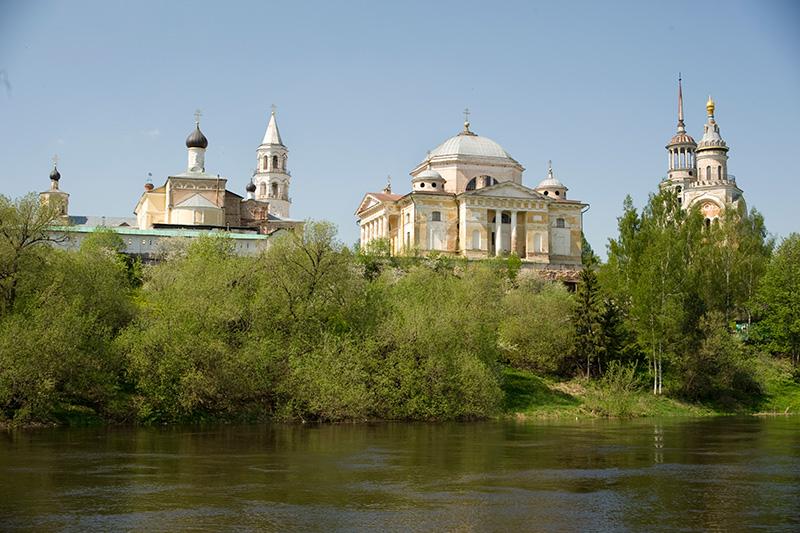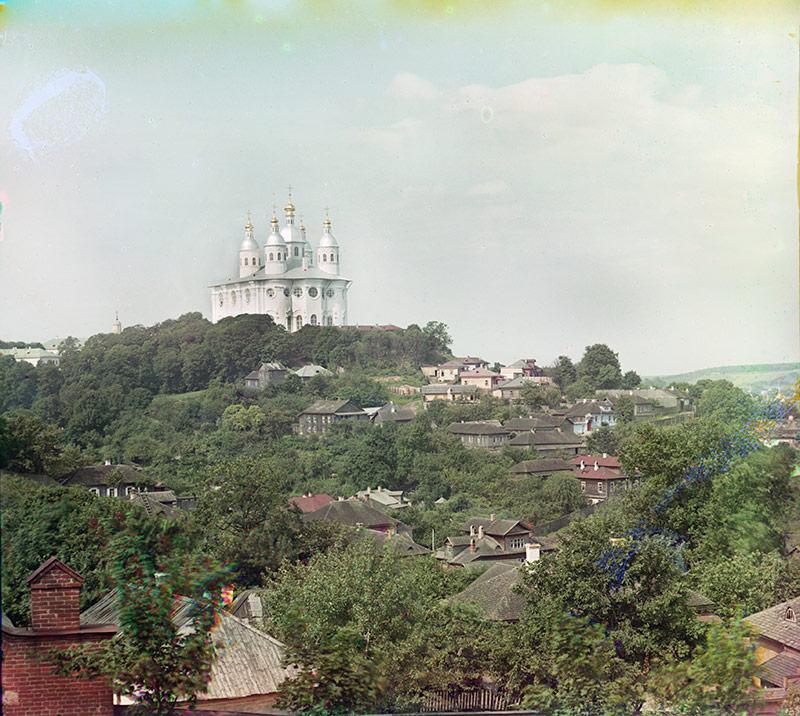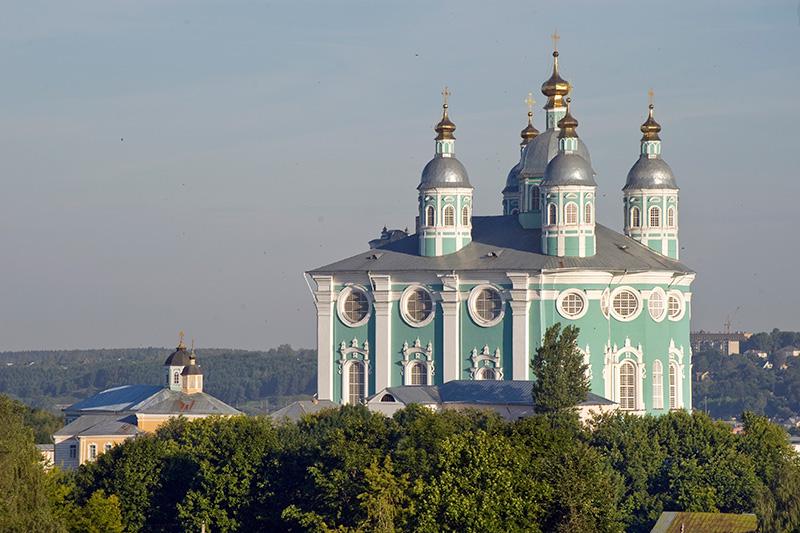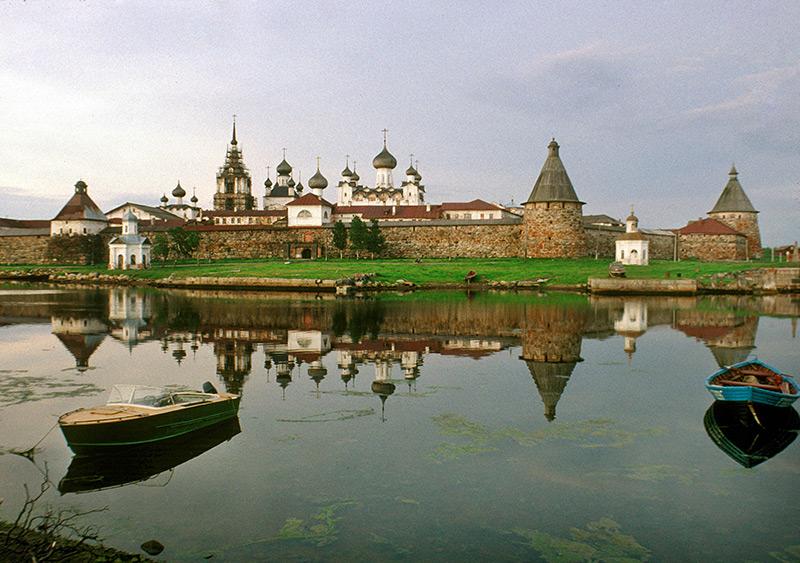Kindred spirits
William Brumfield, a Tulane professor of Slavic Studies, is well known for his scholarly photographic documentation of Russian architecture. In a current project, Brumfield highlights the work of Russian chemist and photographer Sergei Prokudin-Gorsky who, in the early 20th century, developed an elaborate process to produce vivid, detailed color photography documenting the Russian Empire from 1905-1916.
Following Prokudin-Gorsky's death in 1944, more than 2,000 of his glass negatives were sold to the Library of Congress. Brumfield, who began documenting Russian architectural heritage in 1970, became fascinated with the parallel between Prokudin-Gorsky’s images and his own work.
“We were both motivated to record the richness and diversity of Russia as a way of artistic expression and to share a sense of this vast place,” said Brumfield, who organized the first exhibit of the Prokudin-Gorsky photographs at the Library of Congress in 1986.
His latest book (still untitled) will juxtapose the Prokudin-Gorsky and Brumfield collections. The publication will explore the similarities and differences in the historical significance of the structures and surrounding environment.
Brumfield's work is currently featured on Russia Beyond.
(Photos by William Brumfield and Sergei Prokudin-Gorsky)
